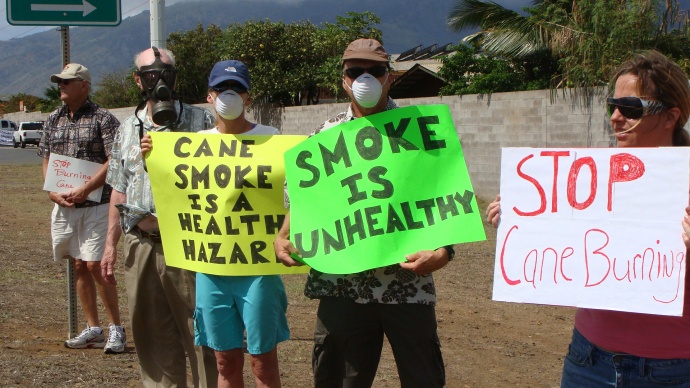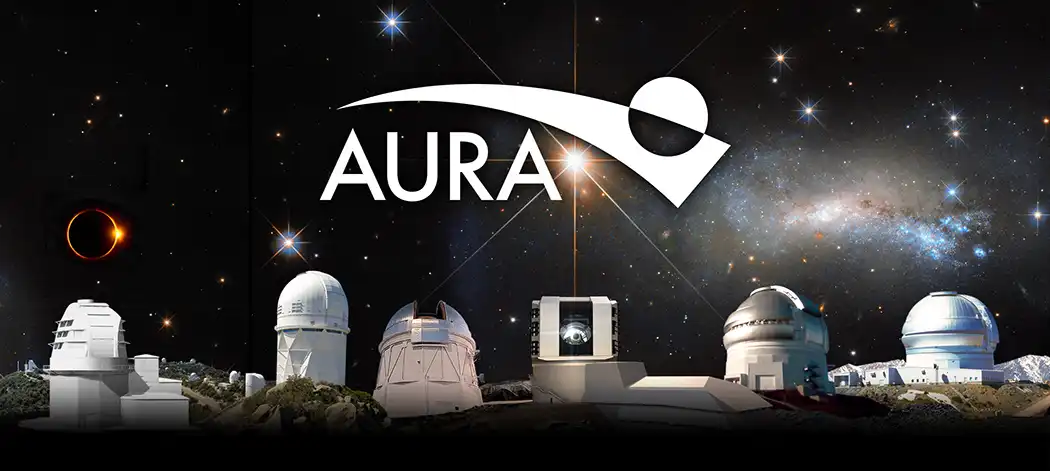Maui Cane Burning Study Launched But Obstructed
By Nate Gaddis
Dr. Lorrin Pang is getting impatient.
As anti-cane burning activists don gas masks during protests and sugar workers line roadways in support of the industry, Maui’s district health officer is pushing to finish what he feels could be a definitive look at the health effects of cane smoke on the island.
“Behind both extreme views, we’re trying to get the science done here,” explained Pang in an interview with Maui Now.
After completing the first third of a three-part study on the health impacts of sugar cane burning, Dr. Pang and his team are awaiting permission from Maui hospitals and clinics for data that he says is critical to providing an impartial and accurate look at how island residents are being affected by cane smoke.

Maui District Health Officer Lorrin Pang is eager to complete the DOH/UH study on the health effects of cane burning. File photo.
The initial findings of the study showed a 2% increase in respiratory and eye ailment cases during cane-burning days for people downwind of the fires. Pang described these findings as “not significant, in a statistical sense” but stressed the need to complete the last two thirds of the study.
Pang, who spent 20 years as a clinical research specialist with the World Health Organization, has grown impatient with some administrators in the health care system on Maui, who he complains are preventing his team from finishing their task.
The study “is a worthwhile thing, but we need the clinic and hospital data” says Pang, “they (administrators) were initially willing, but now they’re raising the issue of privacy, despite DOH already having clearance.”
Hospitals and clinics have also reportedly complained about the man-hours that would be involved in helping with the study. This frustrates Pang, who explains that although it took six months to get proper approvals for the initial phase of their research, his team was able to gather the necessary data “in about two weeks.”
Concerns about overtime expenses that might be incurred while gathering data for the study should be easy to address, says Pang. He offers a possible solution, suggesting “why not hold a fundraiser? I’m sure there’s enough public interest to generate say, $2,000 for the man hours involved.”
Apart from encouraging the public to push for the study’s completion, Pang is confident of his team’s methods, and wants interested parties (from anti-cane burning groups, to the Environmental Protection Agency) to understand them, stating “the public needs to know that…the science we’re using is sound.”
By mapping the location of cane burns, wind data, and pharmacy customer addresses, Pang and his team at UH were able to compare the differences between breathing problems in areas affected by cane smoke and those that were free of it.
This “mapping method” is critical to getting a clear result, Pang explained, and will be applied to the hospital and clinical data, if and when it becomes available. According to Pang, the method could even be applied in the future to other subjects entirely, such as water quality or even infectious diseases.
According to Dr. Pang, part of the problem with past studies on the subject of cane burning (including one cited in a Maui Now analysis of the potential health dangers back in March) is that they tend to use “aggregate data” that shows cane burning and breathing problems occurring alongside each other, without properly taking into account other factors that could be causing respiratory ailments.
Indeed, in one of two studies cited by the website StopCaneBurning.org, researchers issued a note of caution over their findings, writing that a link between cane burning and respiratory hospitalizations should only be drawn “after a detailed study, which should include weather, pollen counts, and air pollution data from non-sugar cane burning sources.”

The presence of volcanic smoke may explain the increase in respiratory ailments on non-cane burning days. Image courtesy Ben Gaddis.
Although Pang did not single out the aforementioned research, he stressed the importance of accounting for factors like volcanic fog and volcanic haze (“vog” and “laze” respectively).
In their initial findings, Pang and his team found more cases of respiratory ailments on days when there was no cane burned at all. “Why would that happen?” posed Pang, before quickly answering “because HC&S isn’t allowed to burn on bad vog days.”
Pang and his team may soon get some feedback on their efforts from some of the parties involved in the cane-burning controversy. The group “Maui Tomorrow,” who were provided both the initial findings and the methodology involved, has been attempting to gather HC&S representatives, the EPA, anti-cane burning groups, and other stakeholders for two planned meetings.
The first of these meetings is scheduled for Wednesday evening, and although it will be private, Dr. Pang expressed hopes that the press would be able to attend, stating “I believe in science and transparency.” Maui Tomorrow’s Executive Director Irene Bowie did not immediately respond to a request for the exact time and place of the meetings (Update: Bowie has since confirmed that only the second meeting will be open to the press and public and will take place at a later date).
Dr. Pang explained that by releasing part of the study early, its chances of being published in a peer review journal could be jeopardized. Despite this, according to Pang, the University of Hawaii at Hilo Pharmacy students participating in the effort “wholeheartedly supported getting information out there for the public.”
Although the rhetoric surrounding the issue of cane burning has increased lately, Dr. Pang stressed that a priority should be placed on advancing science and the public interest, stating “we should not abandon a topic just because it’s controversial.”
To submit a letter, or raise an important Maui issue that you feel we should investigate, send an email to editor@mauinow.com. Attach any relevant images to the email.












